Planning a world trip is a big adventure, and it’s even more meaningful when the whole family is part of it. Kids love to be included, and involving them in everything from picking destinations to saving money builds excitement, confidence, and lasting memories.
Involve Kids from the Beginning
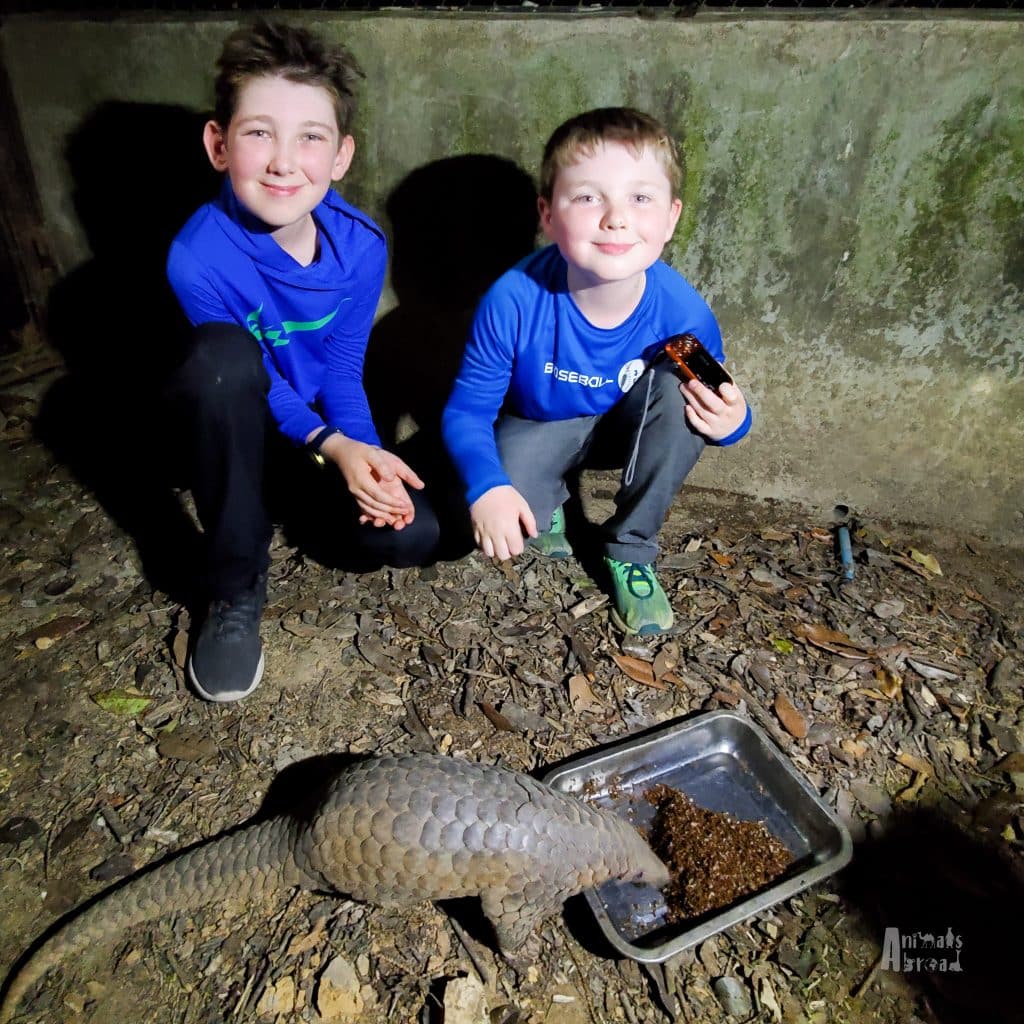
Just like you, your kids will be dreaming of far-off places. Learn what sparks their curiosity! Here are some ways to get them involved early on:
• Brainstorm Together: Ask your kids where they want to go and why. You might be surprised by their ideas.
• Visit the Library: Look for children’s travel books or fictional stories set in different places. Some of our favourites were:
– National Geographic Kids
– Secret Agents Jack and Max Stalwart
– Greetings from Somewhere
Check out Carter and Eli’s Map Quest Series. A beginner chapter book series based on OUR real life adventures!
• Use a Map or Globe: Mark potential destinations and talk about how far away they are and how you might get there.
• Watch Educational Travel Videos: Our kids loved Tour the World on YouTube.
• Research a Country: Ask each child to choose a country and learn about its culture, must-see sights, and fun things to do. Older kids can take it a step further by building a sample itinerary. When they’re done, have them present their ideas to the family.
• Subscribe to Little Passports: This educational subscription service was a hit in our house. Each month, the kids received fun activities and souvenirs to add to their Little Passports. suitcase and track their adventures on a world map. Our youngest (5) loved the Early Explorers edition, which focused on animals, celebrations, and ecosystems. Our older son (8) enjoyed the World Edition, learning about a new country each month through games, stories, and hands-on projects.
• Create a Dream Board: Fill it with travel photos, magazine cutouts, maps, and sticky notes with ideas and must-sees. Hang it in a high-traffic area, and encourage your kids to keep adding to it over time. When they walk by, they’ll be reminded of the adventure ahead—and feel proud seeing their own ideas take shape.
Give Them a Saving Goal

Saving for a trip takes patience and sacrifice—both are great life lessons for kids. Our boys started contributing to family vacations when they were just 2 and 4 years old, saving up for Disneyland tickets. So, when it came time to plan a world trip, they understood the concept right away.
Having a long-term goal like this teaches kids delayed gratification and helps them understand the value of money. We noticed that over time, our boys became thoughtful spenders, taking time to evaluate purchases and rarely buying on impulse. And because we were all working toward a common goal, it brought us together as a family. Saving wasn’t just practical—it built anticipation and kept the dream alive every day.
Ways to help your kids save for a trip:
• Set a Goal: Help your kids set a savings target that’s realistic based on their age and the time leading up to your trip. We set a savings goal of CAD 1,000 over three years. They used it for souvenirs, experiences, and special items they wanted to bring.
• Track their Progress: Make a chore chart and have them track their progress. We used Melissa & Doug Magnetic Responsibility Chart. The boys placed a magnet next to their completed chores, then at the end of the week, 75% of their weekly allowance went to their travel fund.
• Keep them Motivated: Three years is a long time to save, and a thousand dollars is a big milestone. Make it fun and keep them motivated by using a colouring sheet to celebrate mini milestones. Each time your child reaches a goal, say $50, they get to colour a picture. Our youngest was thrilled every time he hit a milestone, believing he had enough to go to that country. He would say, “Mom, now I have enough to go to Australia to see a koala bear!”
In the end, the boys saved more than their goal, thanks to generous Christmas and birthday gifts from family. Although they were free to spend as they wished, we encouraged experiences rather than things, and it really paid off.
So, what did they spend their money on?
• Paragliding off Table Mountain, South Africa
• Windsurfing lessons in Greece
• Rock climbing in Vietnam
• A visit to an elephant sanctuary in Thailand
• Zip-lining in Cambodia
• Symphony tickets at the Sydney Opera House
• Swimming with manatees in Florida
• Jet skis and parasailing in Mexico
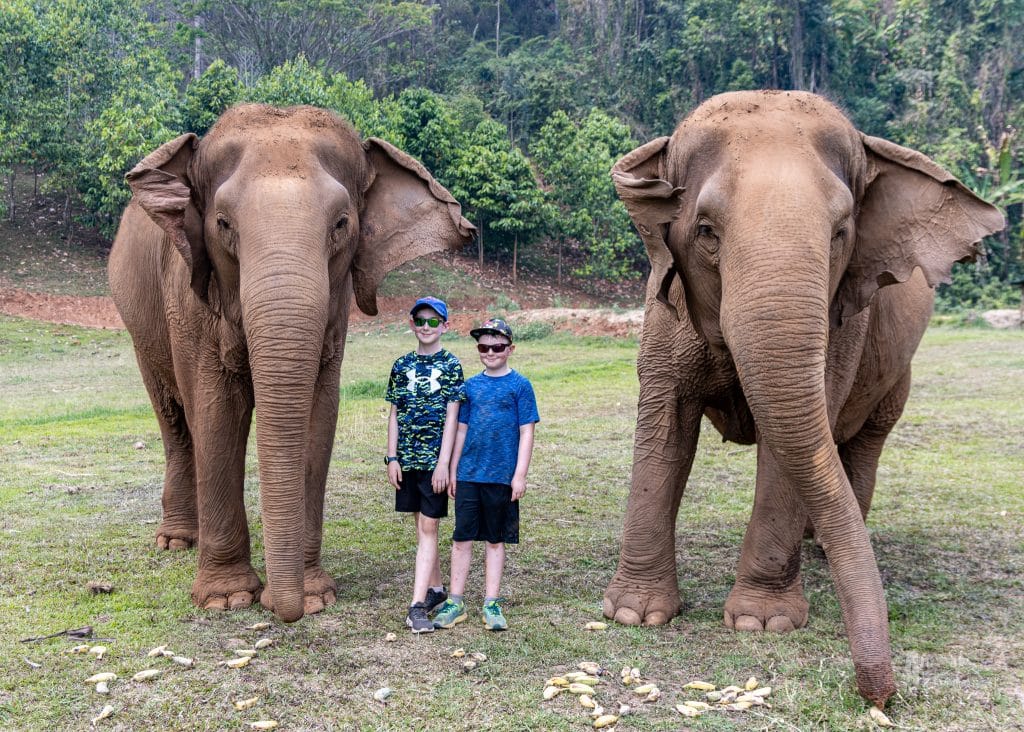
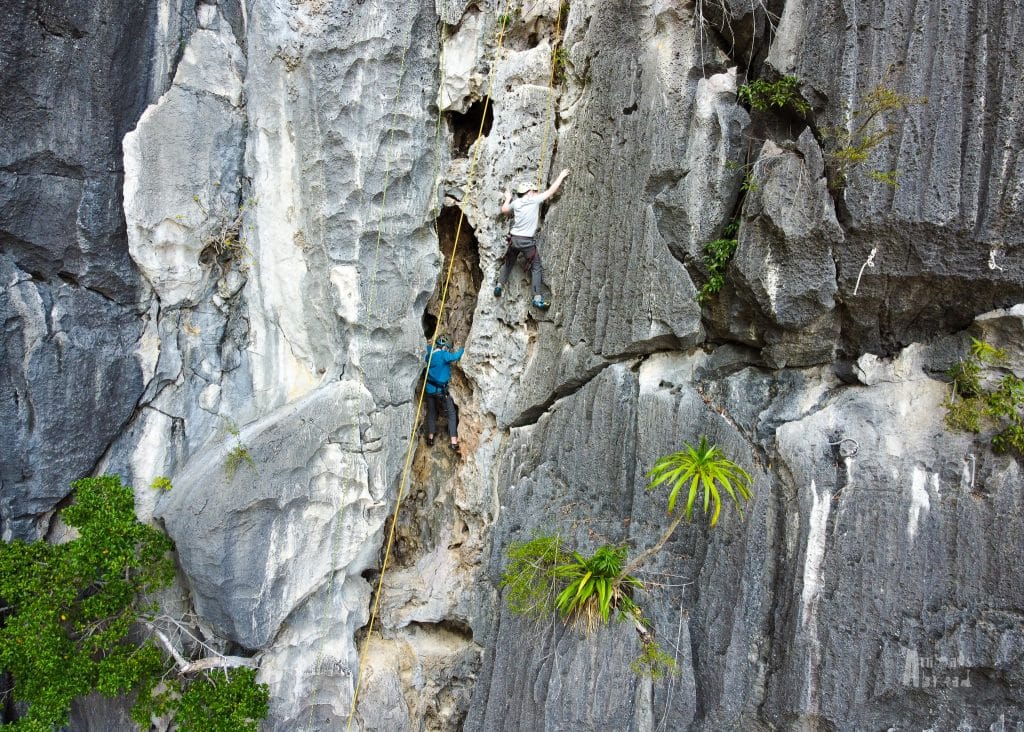
Prepare Them for New Experiences
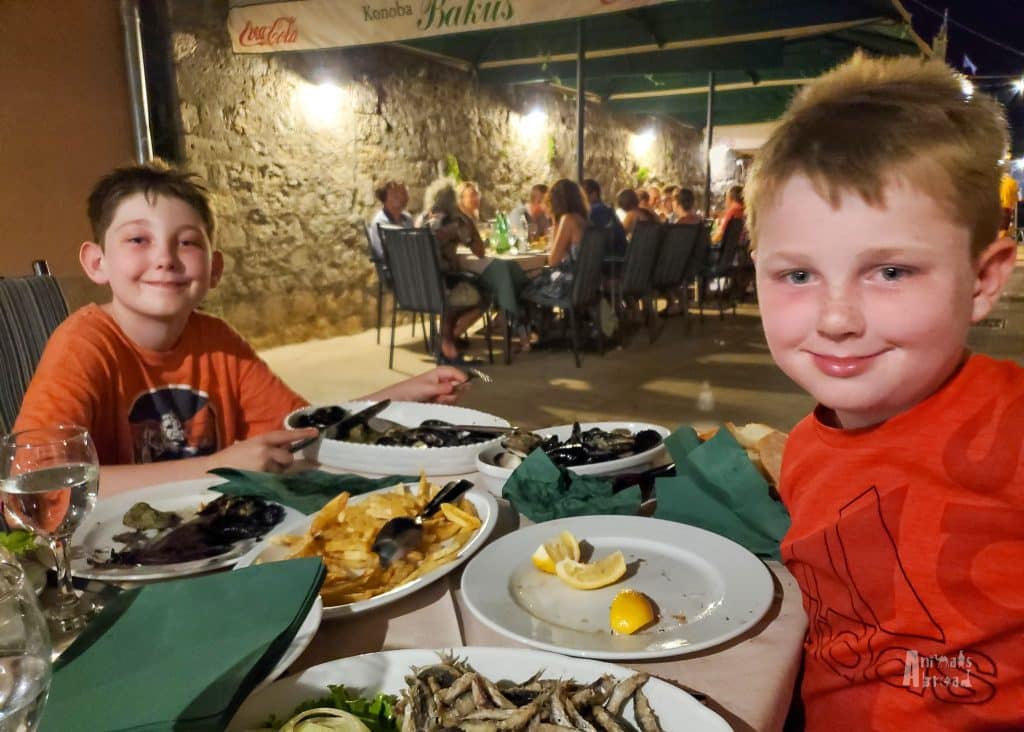
New foods can be one of the most exciting (and sometimes challenging) parts of travel. Kids might feel nervous about trying unfamiliar dishes, so ease them into the experience by introducing new foods gradually. As you get closer to your departure date, provide opportunities to try new foods. We did “Tummy Tuesdays” where we visited a new restaurant specializing in food from countries we planned to visit. It became a fun tradition and helped build excitement and calm nerves. Once we arrived at our destinations, the boys were delighted to see familiar dishes on the menus.
Teach Them to Pack Their Bags
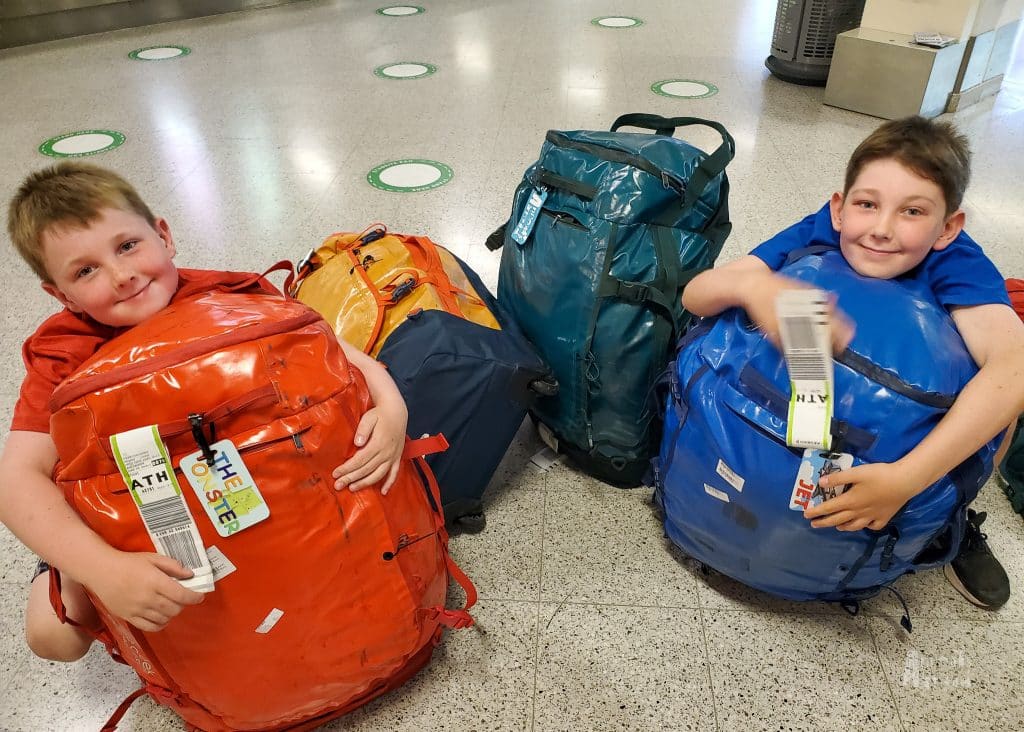
Packing can be chaotic, especially when you are frequently moving. The more your kids can help, the smoother travel days will be. Take some time before you leave to teach them how to pack their bags.
Here are a few ways to make it fun:
• Let Them Choose: A backpack or suitcase in their favourite colour can spark a sense of ownership — and encourage them to take responsibility for packing and keeping track of their things.
• Get Organized: Use packing cubes to help them organize their clothes. We mimicked their drawers at home with three cubes: socks/underwear/pyjamas, everyday clothes, and warm layers.
• Give Them a Checklist: Create a laminated packing list that your child can reuse to tick off each item as they pack. The list made the task more fun, helped prevent lost items, and built their confidence as they learned to pack on their own.
• Practice: We packed together at first, showing them tips and tricks to maximize space and protect fragile items in their bags. But once they got the hang of it, they could pack themselves.
Prepare for Homesickness
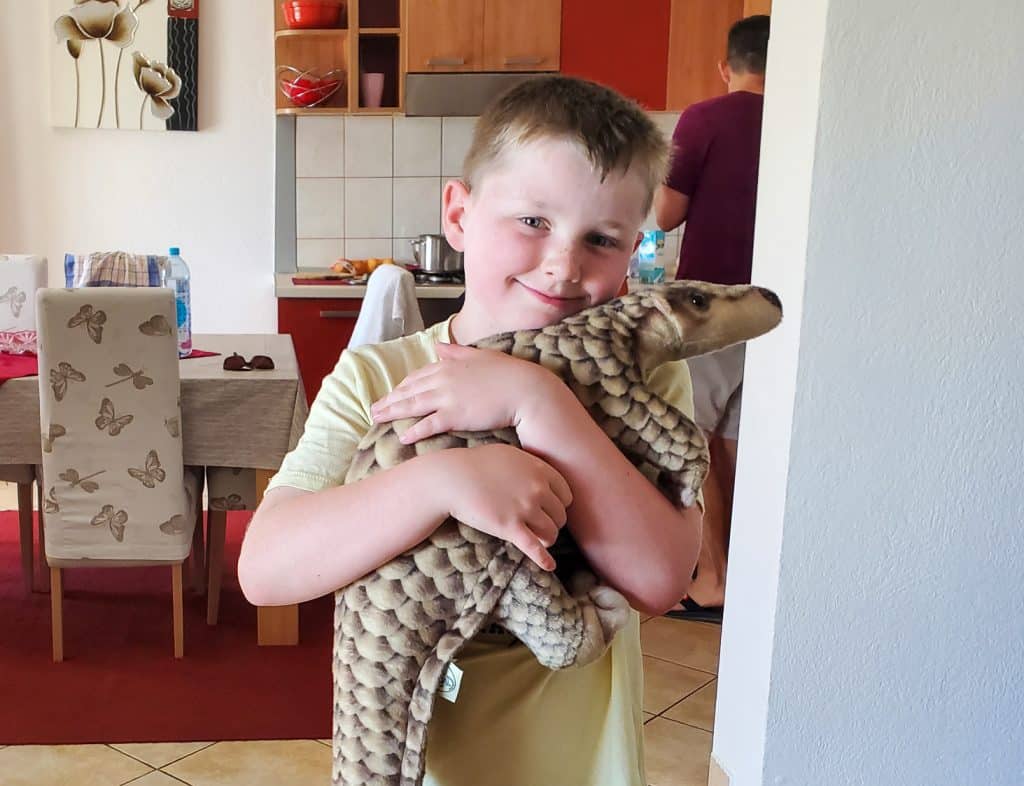
Homesickness happens, even on amazing adventures. These ideas helped us stay connected:
• Bring a Special Item: A small blanket, stuffed animal, or photo can provide comfort. We made a blanket for our youngest with pictures of our dog.
• Involve Friends: Create memories with friends to take with you. Make a friendship bracelet or photo book to take along.
• Online Playdates: Schedule video calls and play games like Pokémon or Yahtzee with friends back home. Electronic games like online chess and video games were also a hit.
• Share with Their Class: Help your child put together a photo presentation to show classmates and share their experiences.
• Send Postcards: Let them pick out postcards wherever you visit and write home to friends and family. Bonus: they won’t even notice they’re practicing their writing skills.
For more tips on transitioning to full-time travel, check out: One Month Check-in: Tips on Transitioning to Life on the Road.
Raising Confident Young Travellers
With a little planning and creativity, your kids can become engaged explorers. Including them in the process not only builds skills and confidence but also makes the journey more meaningful for everyone.
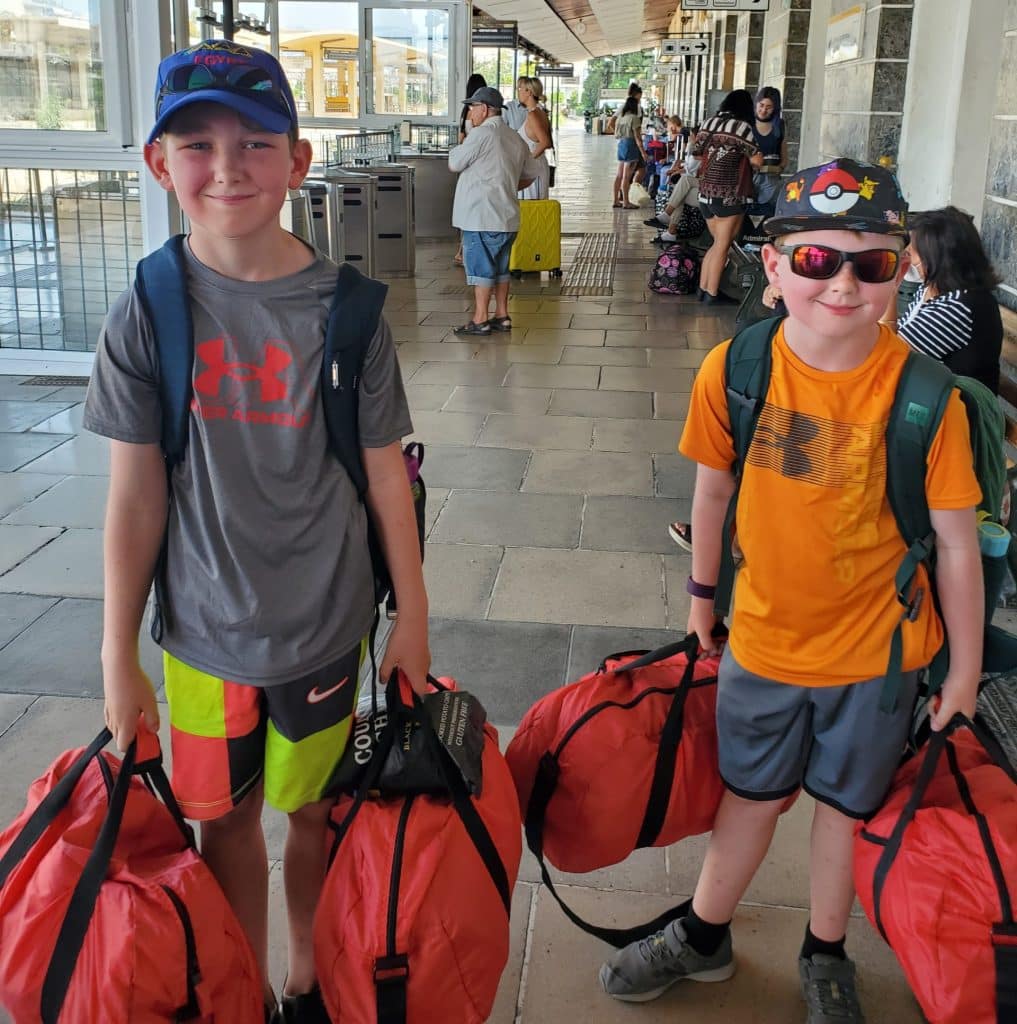
Ready to Get Started?
Check out these related posts to help plan your World Trip:
• Building a World Trip Itinerary
• How much does a World Trip cost?
• This or That? Saving to Make it Happen

